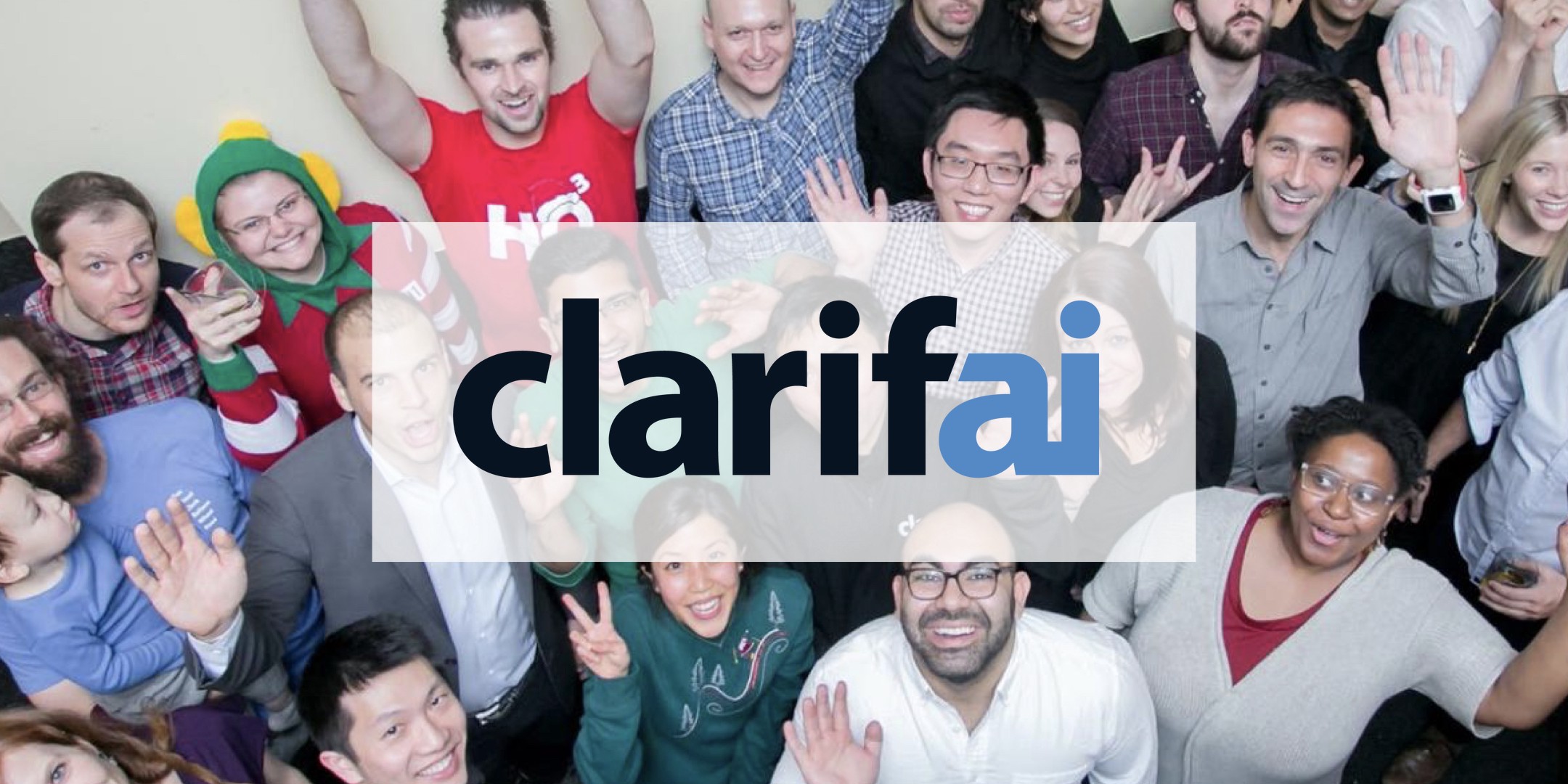Small startup competes big for talent

“Deep learning” is on its way to becoming the most talked about type of work in artificial intelligence, and Clarifai founder Matthew Zeiler may be one of the reasons why. Zeiler and his team have used deep learning techniques to create what many experts consider to be the best image-recognition platform on the market—they are teaching computers to actually “see” the world as we know it.
But building their software may not be as big of a challenge as growing the team who will do it. Zeiler’s New York City-based startup has around 50 employees now, but they recently opened a San Francisco office as part of a national expansion to compete for hiring directly against the powerhouses of machine learning like Google, Apple, Facebook, and Amazon.
As Forbes pointed out in last month’s feature on Zeiler: “Amid the scramble for talent, the richest companies in tech have consumed entire university departments and acquired just about every AI startup they could get their hands on.”
Clarifai’s team is also intent on avoiding the “sea of dudes” problem that’s especially salient to their field. “In order to teach AI to understand the world in an unbiased way, it’s incredibly important that we hire a diverse team of engineers, data scientists, and business people,” points out Director of Marketing Amy Liu.
Recruiting a truly diverse team of top talent in highly competitive tech markets means that their job postings need to appeal strongly to the widest possible group of candidates. That’s where Textio comes in.
Alex Rose, Clarifai’s talent acquisition lead, started by rolling out Textio quickly to the whole company, which she says was crucial to generating excitement and momentum around building the most effective and inclusive job posts: “We had each person—not only just hiring managers, but other people who were interested—sign up for an account and start writing job descriptions, even for roles that we may not have had open at the time, just to kind of play around with it.”
“To be able to get everyone involved in this process was something that was really important,” says Rose, “because when they started to see the types of diverse applicants that they began to speak to, they got excited. So not only is it kind of fun when they’re writing the job description, but it’s also actually effective. They see new people, different people, coming in” to interview.
She points to Textio’s ease of use as the key to people readily adopting the platform for creating job descriptions: “I would say that people are pretty stoked, especially when they start off from a low score, and get to a high score.”
In fact, Rose insists that anyone who writes a job post for Clarifai edit it to a Textio Score of 100 before she will publish it.
“It just needs to be 100,” she says, “and I’m not going to post it until it is.”
She knows that’s a good policy when most of Clarifai’s job applicants tell her that the posts “speak” to them. She recalls one phone screen in particular: “He said to me, ‘You know, I read your job description, and I really felt like I could see myself working at Clarifai.’ That just felt incredible. I had never heard that from anyone before.”
“I know everyone always says that you need to write a job description so people can see themselves in the role, but I’ve never heard [a candidate] say it out loud,” she adds. “And that’s when I really realized the impact of the platform, and what it could actually do.”
Currently about 70% of Clarifai is actively using Textio, but that’s not enough for Rose, she says: “I would really like to get that higher!”